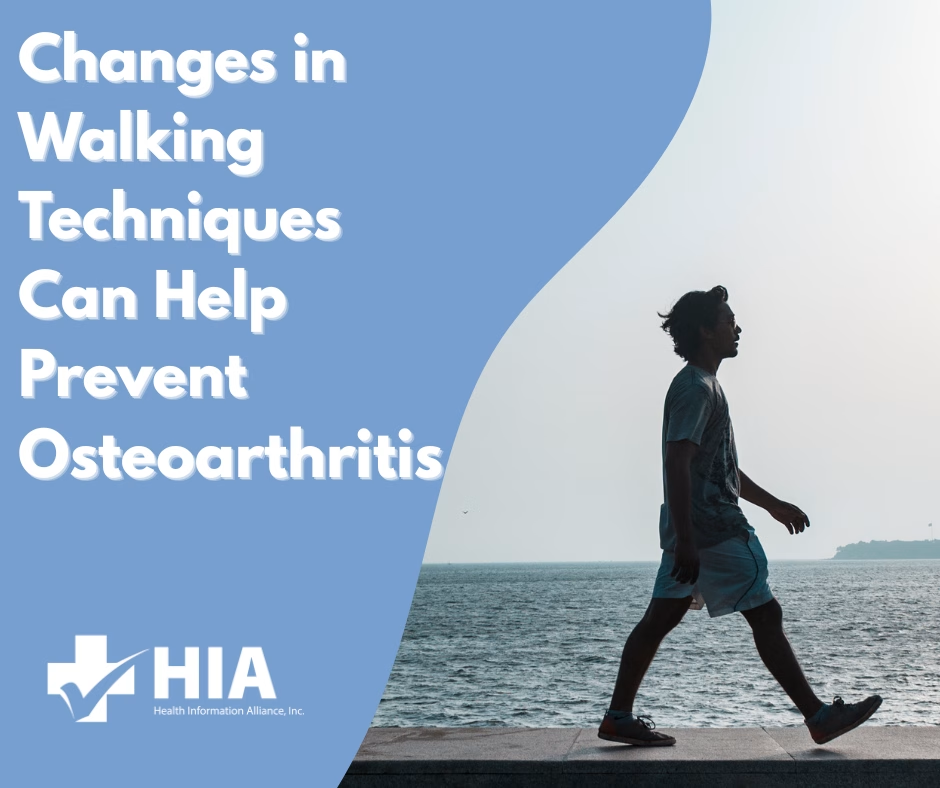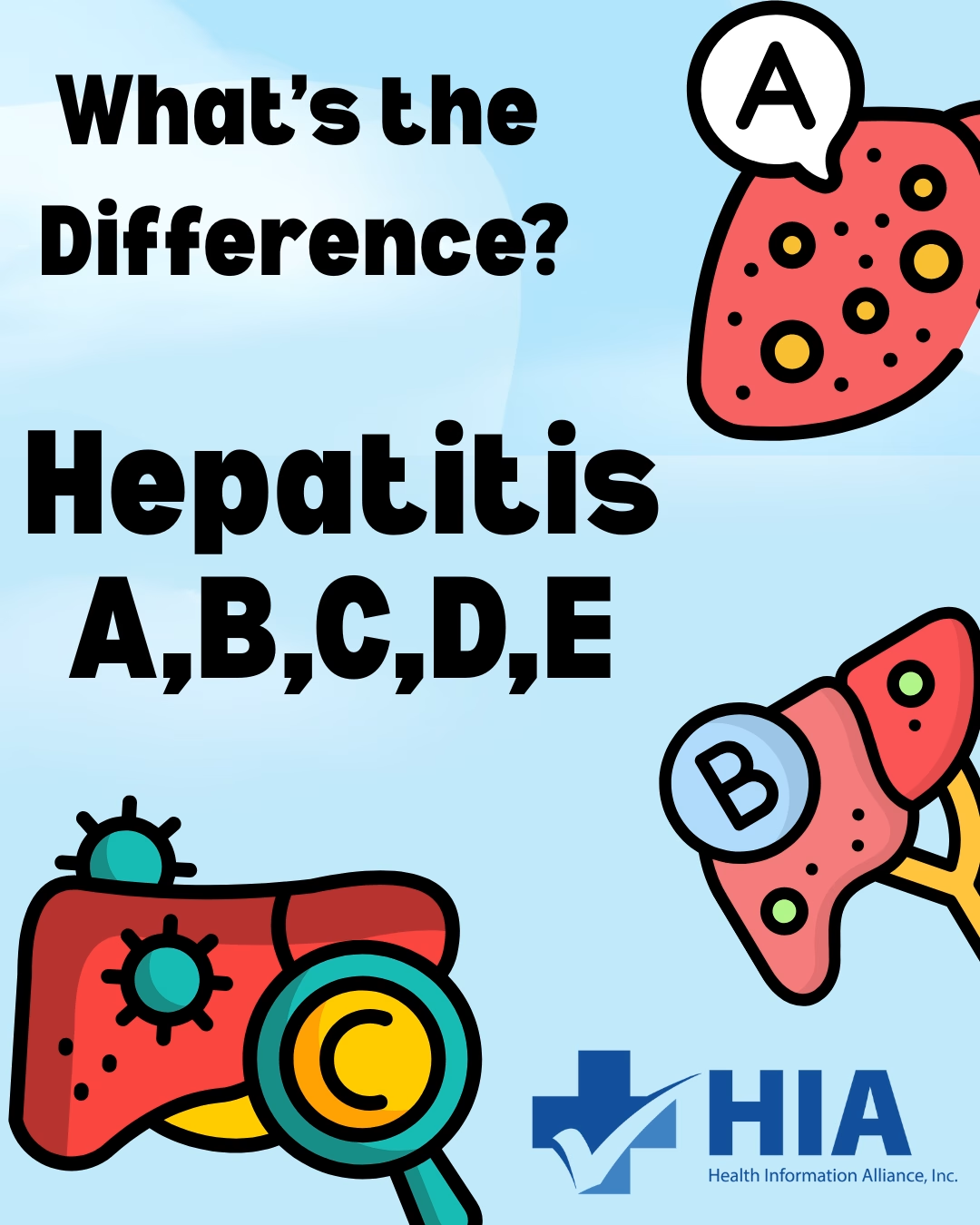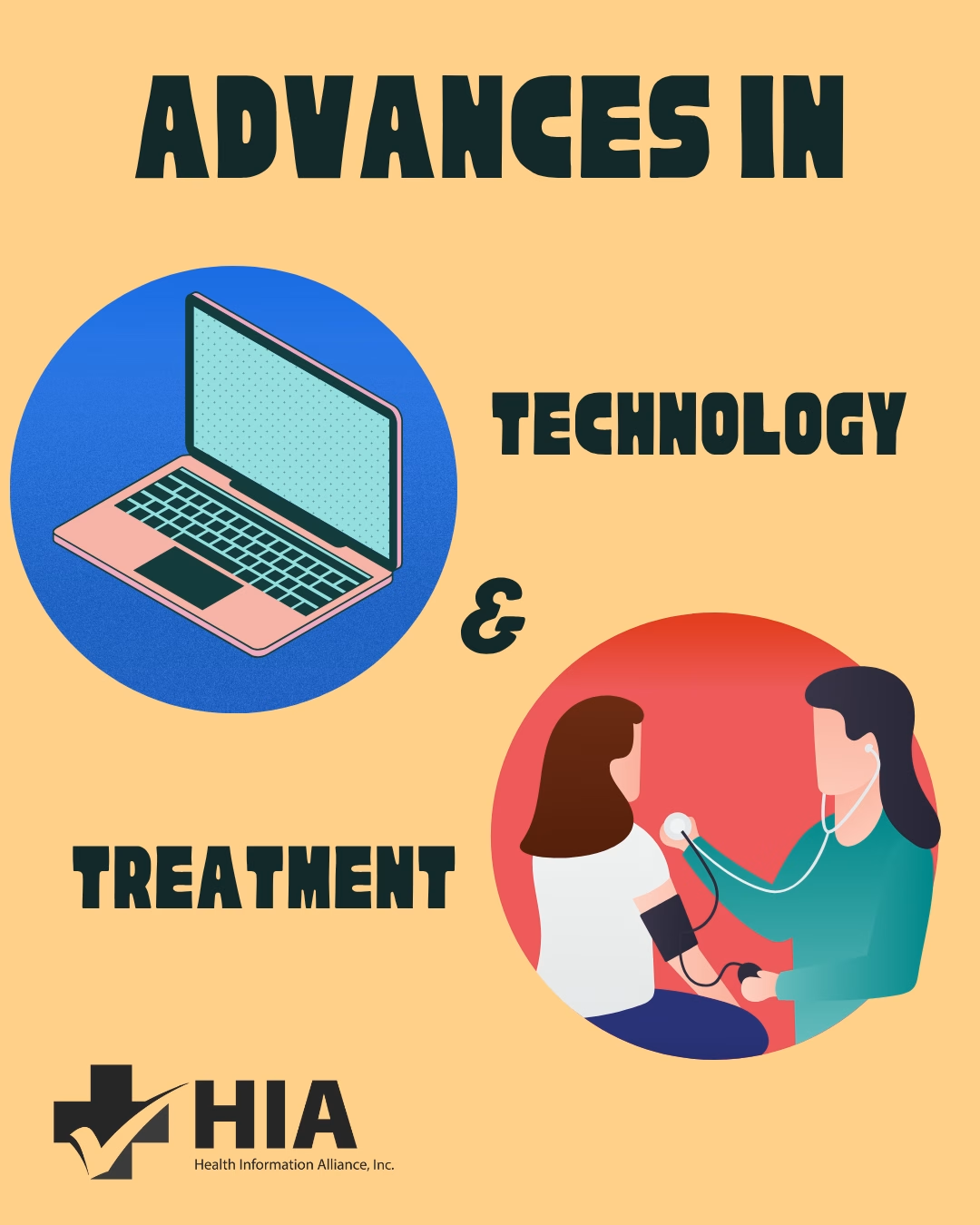FY 2022 IPPS Proposed Rule
On April 27, 2021, the Centers for Medicare & Medicaid Services (CMS) issued a proposed rule that updated the Medicare payment policies for hospitals under the 2022 Medicare Hospital Inpatient Prospective Payment System (IPPS) and Long Term Care Hospital (LTCH) for fiscal year (FY) 2022. More specifically, the rule’s objective is to upgrade Medicare payment policies and rates for hospitals that are users of electronic health records and submit quality measure data.
The rule includes a 2.8% increase in operating payment rates for general acute care hospitals paid under the IPPS. CMS also proposes to continue using its existing cost-based methodology rather than the market-based MS-DRG relative weight methodology it had planned to implement in FY 2024.
Another aspect that has been revoked is the requirement for hospitals to report their median payer-specific negotiated rates for inpatient services, by Medicare Severity-Diagnosis Related Group, for Medicare Advantage organizations.
In lieu of the ongoing COVID-19 pandemic, CMS proposes to extend its new “COVID-19 Treatments Add-on Payments” through the end of the fiscal year. Adjustments to their current hospital quality measurement and value programs will be enforced. Specifically, for FY 2022, CMS proposes to suppress most hospitals’ value-based purchasing (VBP) program procedures. As a result, hospitals would receive neutral payment adjustments under the VBP for FY 2022.
Additionally, CMS proposes to eliminate performance data from 2020 when calculating Hospital-Acquired Condition Reduction Program performance for the upcoming years. Lastly, in regards to FY 2023,Hospital Readmissions Reduction Program, CMS agrees to suppress the pneumonia readmissions measure and will not include COVID-19 diagnosed patients from the remaining five measures.
In conclusion, the policies within the IPPS and LTCH rule build on fundamental priorities that aim to close health care equity gaps and support greater access to life-saving diagnostics and therapies during public health emergencies and beyond. The goal of these provisions is to improve hospital readiness and ability to respond to health threats, enhance the care in rural and under underprivileged communities, revise scoring, payment, and public quality data reporting procedures to relieve the adverse impacts of the pandemic and future obstacles.






